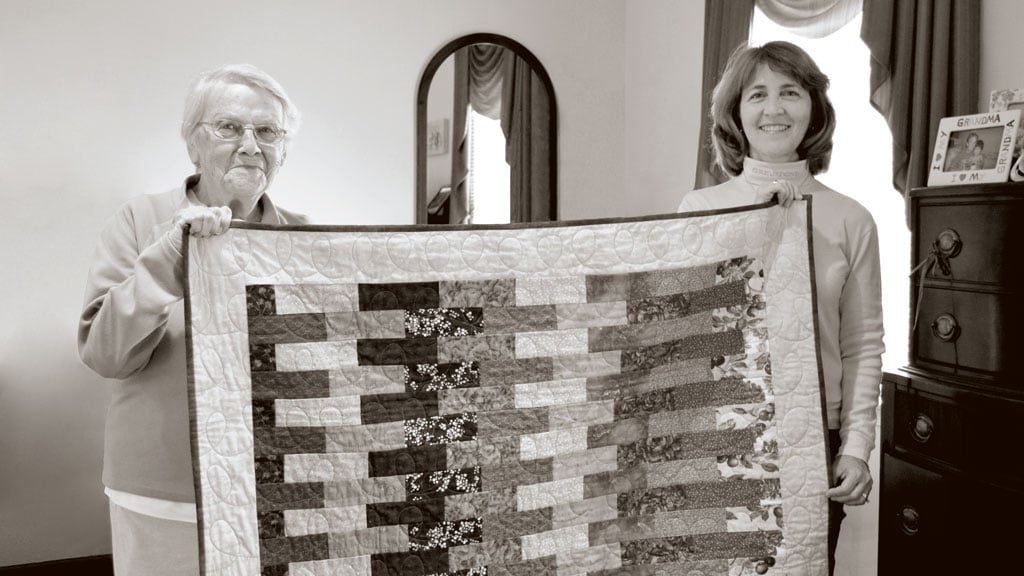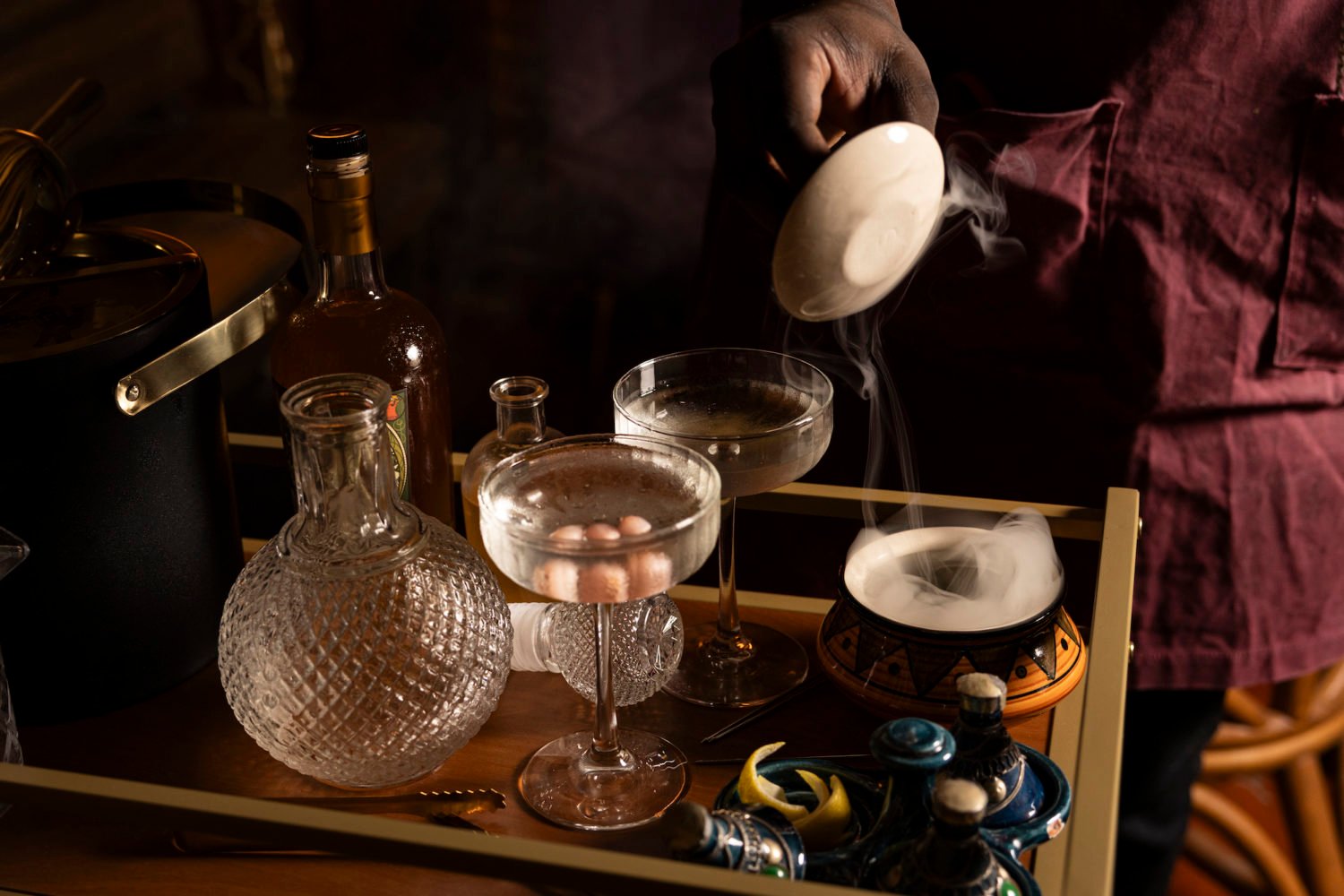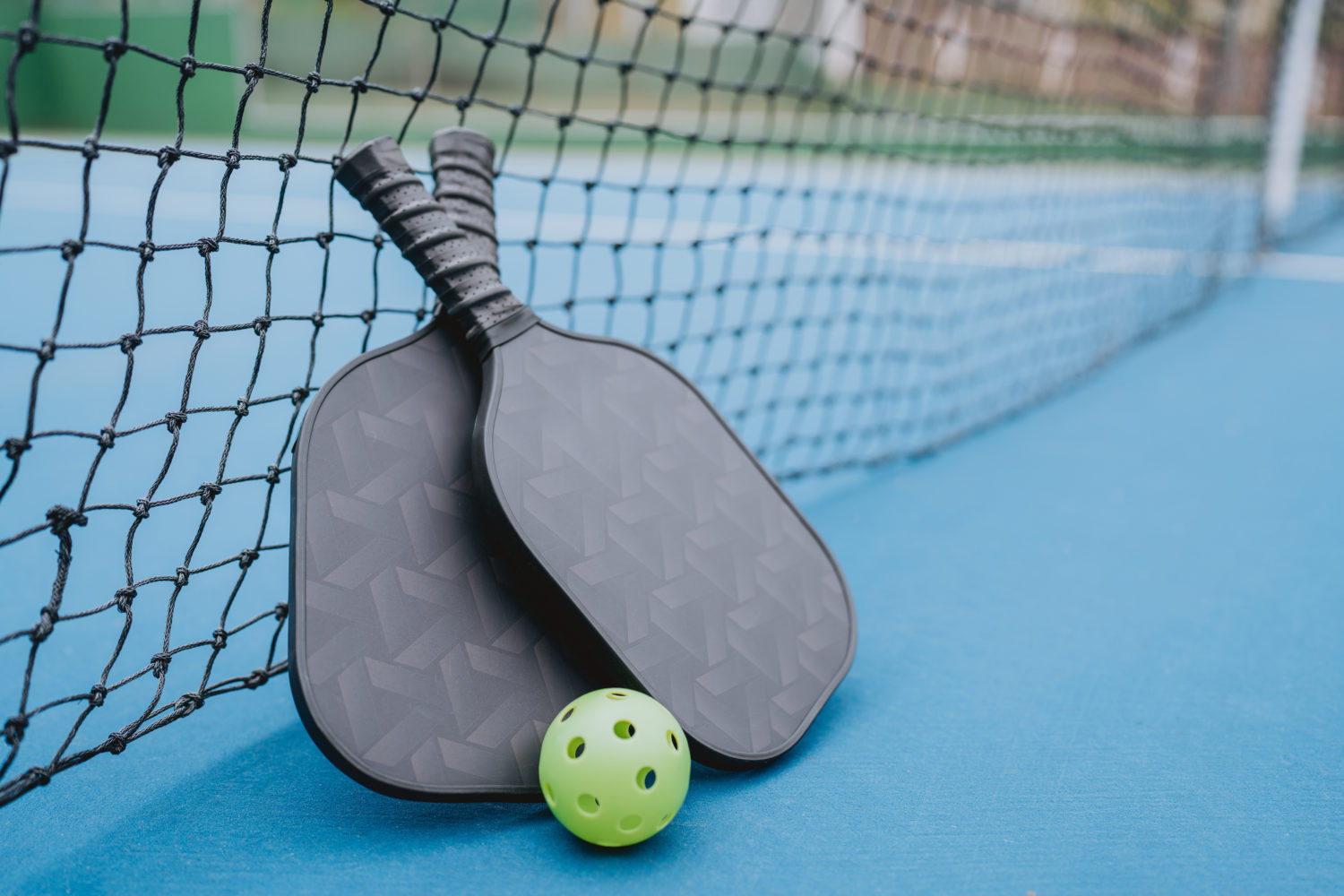I don’t remember when my mother didn’t sew. Her Singer machine sat at the far end of what we called the Florida room, and nights when I couldn’t sleep, I’d go downstairs and stand in the doorway looking toward the pool of light. The brrr brrrr of the machine regulated her stitches, the presser foot clicking as she stopped, moved the fabric, then began the whirring again. Another pause and the scissors gave a gentle clank as she put them down after cutting a thread.
She’d learned to sew from her own mother, who worked in a uniform factory before the child-labor laws and who, in spite of modest means, kept the Mitchell girls in fashion all through high school.
It could be that my mother sewed because her mother sewed. Or it might have been necessity: How do you clothe five children and yourself if you waste your money on store-bought? Better to know how to attach a sleeve, install a zipper, mark a hem.
She was forever marking my hems. Turn, she’d say, sitting on the floor with pins in her mouth. Stand still. Turn. Stand still? I acted as if the fittings were a desperate inconvenience.
When I was 12, she tried to teach me to sew. I made a purple paisley dress whose seams I had to rip and redo so many times I thought I’d explode. The thread bunched, the seams pulled, and if it hadn’t been for her refusal to let me quit, the dress would have stayed in pieces, tan tissue paper pinned neatly to flat purple sleeves, bodice, and fragments of skirt. I considered anything that frustrated me a waste of time, though the things competing for my attention included watching Merv Griffin and making a paper chain out of gum wrappers. That paisley dress was the first and last article of clothing in my repertoire. Why would anyone sew? I thought. Sewing is boring.
Maybe my mother sewed because in her day a girl had darn well better be practical. Unlike in mine, when a girl had everything handed to her. Turn. Turn.
My mom made me a Raggedy Ann doll with i love you embroidered across the heart. Easter and Christmas dresses. Ballet costumes, bedspreads and curtains, Barbie clothes, my graduation dress. When it came time, she made me a wedding gown with a long row of covered buttons snipped from the dress her mother had made for her. She made my children’s christening clothes and their Raggedy Ann and Andy dolls with i love you across the heart.
Maybe she sewed because it was a way of giving herself to her children with every stitch.
Now I kneel on the floor of my sewing room, snippets of white thread covering my black sweatpants. I don’t do armholes or zippers, necklines or A-lines. I only sew straight lines. I make patchwork quilts, which let me work with color, texture, and a vast palette of fabrics.
Though my mom now has Alzheimer’s, she can still sew. I remind her for each quilt square, “Quarter-inch seam, no backstitch,” giving direction to the woman who taught me to thread the machine and wind a bobbin.
Sewing is a contemplative act that’s different from anything else I do. It could be I sew because I like color, and quilting gives me a chance to try visual design. Or because it’s a counterbalance to writing—more tactile than cerebral. Maybe I cut and stitch these angular swatches so I’ll finally learn geometry. Maybe it’s just a hobby. Or perhaps I’m picking up a thread that extends from my grandmother to my mom to me. Maybe I sew because my mother sews.
This article appears in the December 2016 issue of Washingtonian.


















